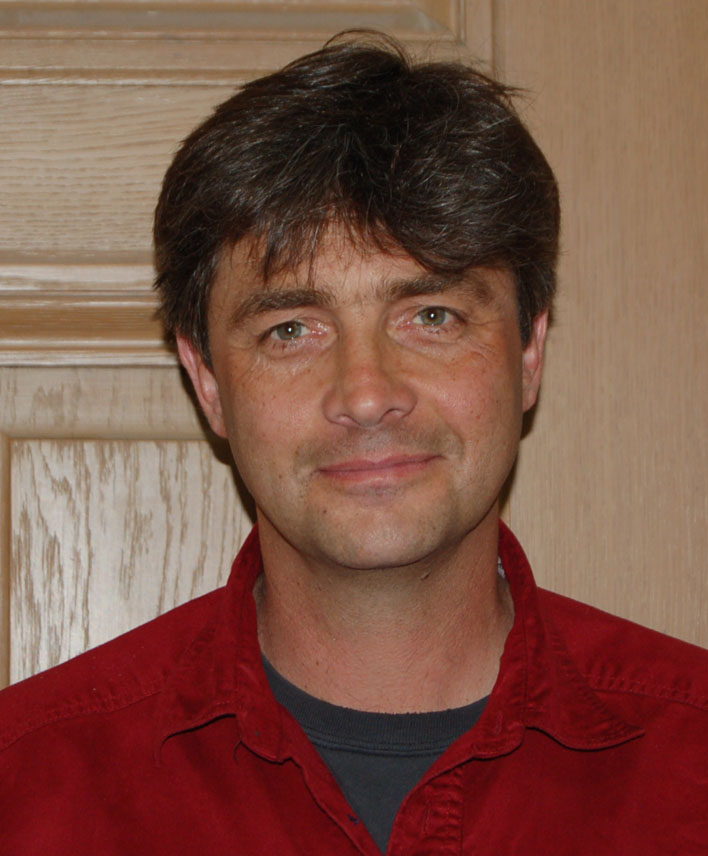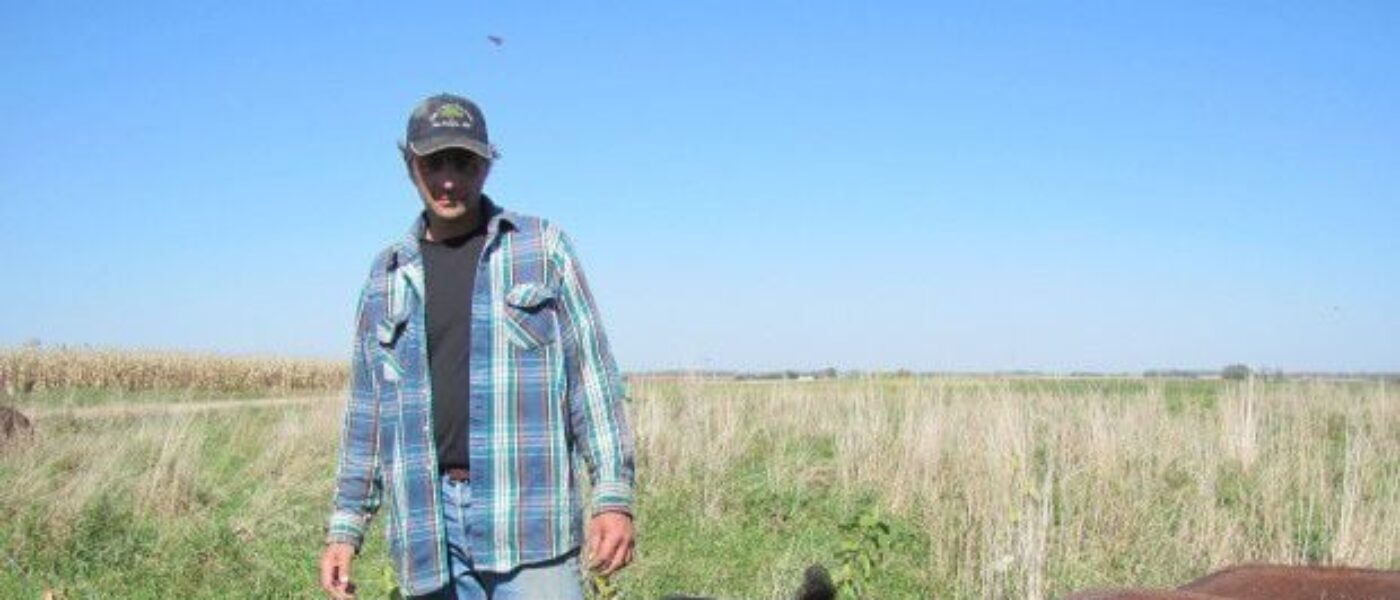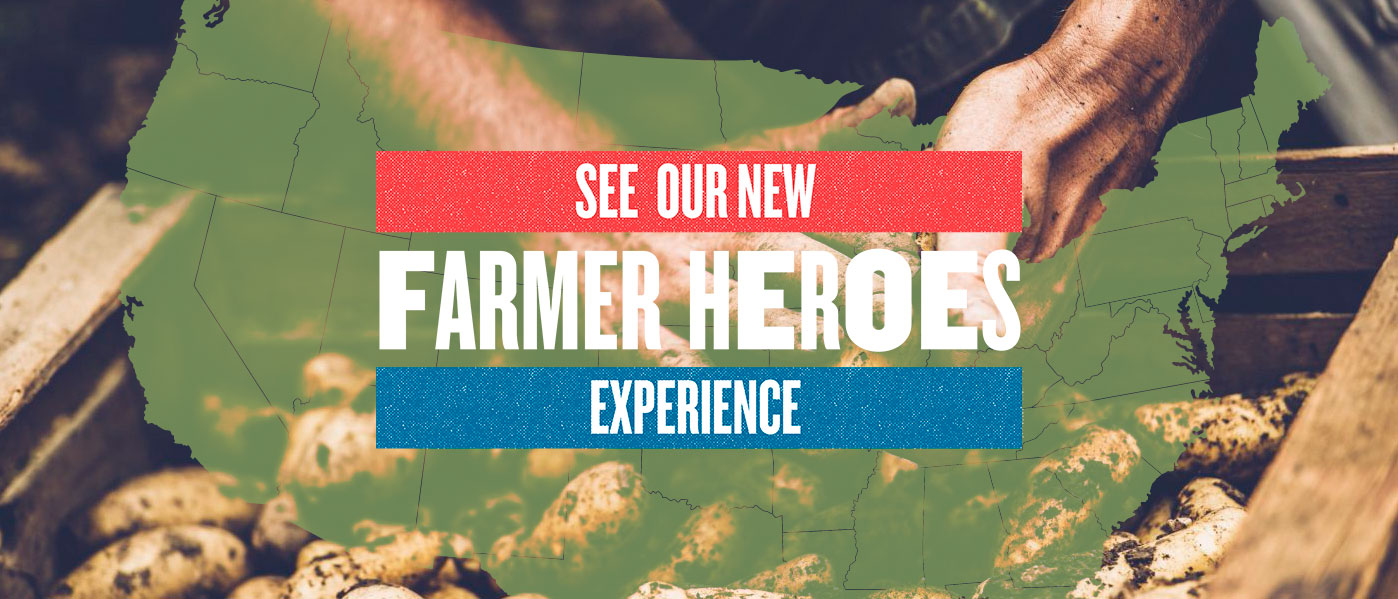Le Sueur, MN
Tom Nuessmeier and his brother, Tim, run an organic farm and a farrow-to-finish hog operation in Le Sueur, Minnesota. The brothers are fifth generation farmers and employ many conservation practices on their farm with the goal of keeping the land productive for many years to come.
Tom Nuessmeier and his family recently experienced an early frost that halted the growth of a majority of their soybean crop weeks before the plants typically reach maturity. On a monoculture farm, this would have meant disaster. The Nuessmeiers, however, had already harvested and sold their winter grain, and grow several other crops which were unaffected by the frost. This diversity of crops is largely a result of the fact that almost all of the family’s land is certified organic and enrolled in the Conservation Stewardship Program (CSP) enacted as part of the 2002 Farm Bill.
The CSP is a voluntary conservation program that encourages producers to address resource concerns, and rewards them for their conservation performance. CSP provides financial and technical assistance to help land stewards conserve and enhance soil, water, air, and related natural resources on their land. “Of course we’re farming for profitability, but we’re also trying to maintain environmental sensitivity,” says Tom. “We want to farm in harmony with nature, even though it’s working land.”
 Growing up on the family farm, Tom always enjoyed being a part of the family business. During his college years, the economic reality made it impractical for a father and two sons to try to make a living from a 200-acre farm, so Tom looked elsewhere for work. He began teaching music classes at a public school, but as his father neared retirement, he and his brother Tim began to slowly return to the family farm. Their mother and father are still very active on the farm, allowing both brothers to live off the farm and commute daily.
Growing up on the family farm, Tom always enjoyed being a part of the family business. During his college years, the economic reality made it impractical for a father and two sons to try to make a living from a 200-acre farm, so Tom looked elsewhere for work. He began teaching music classes at a public school, but as his father neared retirement, he and his brother Tim began to slowly return to the family farm. Their mother and father are still very active on the farm, allowing both brothers to live off the farm and commute daily.
Tom and Tim first took on the care of their father’s livestock operation. They keep about 35 to 40 sows at a time, and typically have no more than 200 hogs in total. The hogs are crossbred from Berkshire, Chester White and Duroc varieties. Most of their livestock is sold to Niman Ranch, a company that markets humanely and sustainably raised meats to restaurants and grocery stores. Their product is held to standards of the Animal Welfare Institute, including continuous access to the outdoors, a 100% vegetarian diet and no routine hormones or antibiotics.
The Nuessmeiers also market some of their pork directly through their own brand, Pig in the Patch. Although they grow organic crops used for animal feed, they feed their hogs conventional crops and save their own crops to sell in the organic marketplace. They’ve considered transitioning to organic pork, but feel that there may not be enough of a market for it in their area yet.
About 13 years ago, the brothers began farming their father’s cropland as well, and started the transition to organic production. Tom says that the change was made easier by the fact that his father liked to maintain a diversity of crops and had already implemented many of the practices necessary for organic farming, like crop rotation. “When you’ve seen those crop rotations before, they’re not as scary,” he explains.
The Nuessmeiers grow corn, soybeans, alfalfa, winter grain, oats and clover, with a majority of the crops going to the organic marketplace as animal feed. Tom says that organic management does take more time and planning, but he enjoys working with a variety of plants to break up the work. “It adds more variety to what you see and what’s happening around you. There’s a rhythm to it that I’ve always liked,” he says.
A few years back, Tom became a member of the Land Stewardship Project (LSP), a private, nonprofit organization that encourages the principle of farmland preservation and promotes sustainable agriculture. Tom has participated in a few trips to Washington, D.C., to talk to legislators through the LSP, and he has also met with his area’s congressman to discuss farm policy. Tom says he admires the group for acting as a liaison between farmers, whose main priority isworking their land, and those working on farm policy issues. “Members of the LSP have their finger on the pulse of what’s going on in D.C.,” Tom says. “They tell farmers what’s going on there and get input from us to figure out where resources should go.”
Tom serves on the LSP’s Federal Farm Policy Committee, a group of nine farmers from Minnesota, Iowa and Wisconsin who strive to connect the work of their rural communities to relevant federal legislation. They decide which programs and policies the LSP should pursue, and then advance the work. The committee has been a driving force behind the inclusion of conservation programs, such as the CSP, in the Farm Bill.
A deep respect for the environment and the incentives provided by the CSP have guided Tom and his family to implement a number of conservation practices on their farm. Le Sueur is an area of gently rolling hills, so Tom is continually concerned with soil conservation. His father implemented terraces (plowing graduated steps across a slope following its elevation contour lines), making it less likely that soil will wash downhill during heavy rainstorms. The family also maintains some native prairie grasses and flowers on the farm to help slow erosion and benefit the area’s wildlife.
Tom describes the farm’s implementation of CSP as an ongoing project, motivating him to continue trying out different combinations of crops and crop rotations as well. “With a diverse cropping rotation, if we get it just right it helps economically, but it also helps the diversity of wildlife, it helps us provide a habitat for beneficial insects. When you look at the nationwide reach of the program, you have a real possibility of impact on the quality of soil, the quality of water.”
Looking to the future, Tom says he wants to continue exploring ways to manage the nutrients on his farm and to farm in a way that is more sensitive to the native ecology and wildlife of the area. “It’s important to find a balance between productive farmland and farmland that will continue to be productive years in the future,” he says.
With numerous government programs facing budget cuts, Tom stresses how the advantages of conservation practices reach far beyond the farms where they’re implemented. “There are benefits to farmers, to consumers, to people who like to spend time outdoors in the wildlife. That’s what I’ll be telling my congressional leaders next time I see them or write to them.”




